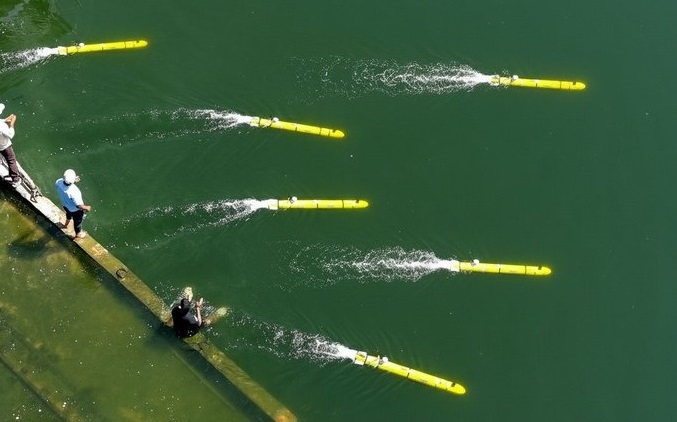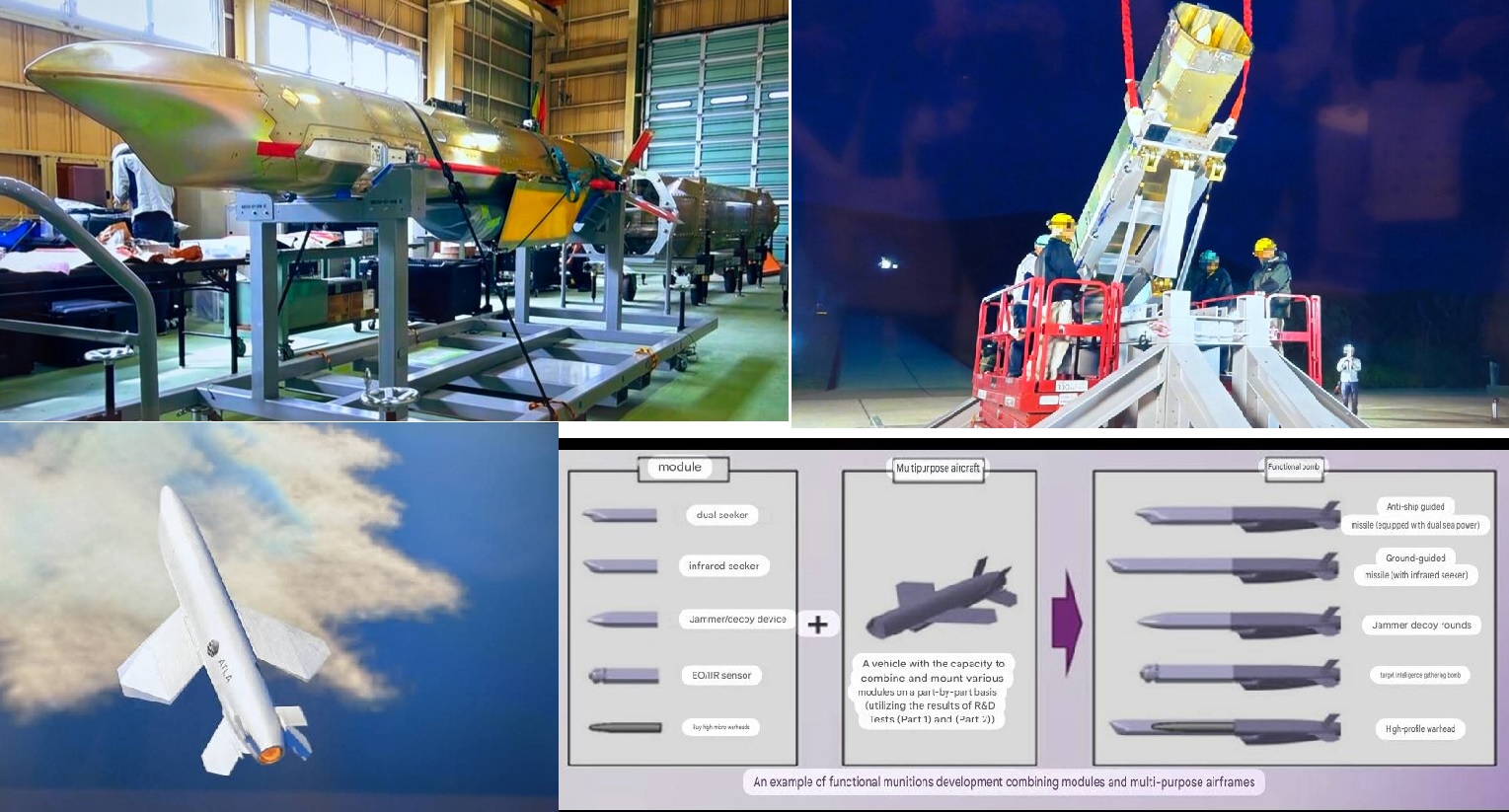China Newly Built 758-Metre Hongqi Bridge in Sichuan Collapses Months After Opening

Sichuan, China — A major infrastructure embarrassment has struck China after the 758-metre-long Hongqi Bridge in Sichuan Province collapsed just months after its grand opening, raising serious questions about the country’s fast-paced construction practices and the quality of its engineering oversight.
The Hongqi Bridge, part of a key national highway linking central China to Tibet, was inaugurated earlier this year as a symbol of modern connectivity across China’s mountainous southwest. But the bridge’s sudden failure — captured in viral videos showing large sections crumbling into the river below — has turned what was once a showcase of progress into a stark reminder of the risks behind rapid infrastructure expansion.
Cracks, Landslides, and a Timely Closure
According to Reuters and South China Morning Post, engineers detected ground movement near one of the bridge’s approach spans a day before the collapse. The slope on the eastern side of the bridge had shown signs of soil displacement, prompting authorities to close the route as a precautionary measure.
Within 24 hours, the slope gave way, sending a large section of the bridge’s approach tumbling down. Fortunately, thanks to the early warning, no casualties were reported, as all traffic had been diverted.
Local authorities in Maerkang, in the Garzê Tibetan Autonomous Prefecture, have since launched a technical investigation into what they described as a “ground deformation-induced structural failure.” The area lies within a seismically active zone, prone to landslides and subsidence during heavy rainfall — factors that may have contributed to the collapse.
Bridge of Pride Becomes Symbol of Concern
The Hongqi Bridge was touted as a triumph of Chinese infrastructure planning when it opened earlier this year. Built by the Sichuan Road and Bridge Group, the project was part of the National Highway G317, a major artery connecting Chengdu to Tibet — one of the most challenging engineering regions in the world.
The bridge was designed to endure harsh mountain weather and unstable soil conditions. Yet, just months after completion, its partial collapse has shaken public confidence and renewed debates about the longevity and safety of China’s high-speed construction model.
A Blow to China’s Engineering Reputation
For decades, China has been hailed as a global engineering powerhouse, building the world’s longest bridges, tallest towers, and fastest rail networks. However, the Hongqi Bridge collapse exposes a vulnerability behind that image — a growing number of infrastructure failures linked to rushed timelines, regional corruption, and poor geological planning.
Analysts say the incident underscores a pattern: ambitious timelines often come at the cost of structural reliability. With local governments under pressure to deliver political showcase projects, quality assurance sometimes takes a back seat.
An engineer familiar with Chinese infrastructure projects told SCMP that,
“The problem isn’t just with materials or design — it’s the speed and pressure to complete projects before proper environmental and soil studies are done.”
The irony wasn’t lost on many observers online, who pointed out that China has struggled to replicate certain global designs, especially in regions with unstable terrain. Some critics even drew comparisons to India’s Chenab Bridge in Jammu and Kashmir, which was built under far harsher conditions but has so far remained structurally sound.
Comparisons and Cautionary Lessons
The Chenab Bridge, often dubbed the “world’s highest railway bridge,” spans a deep gorge in India’s Himalayas — a region far more seismically active and geologically complex than Sichuan. Its successful construction after nearly two decades of research, testing, and phased engineering stands in sharp contrast to the Hongqi Bridge’s rapid build-and-collapse story.
Experts note that China’s rush to expand infrastructure in western provinces, often within months rather than years, makes projects vulnerable to terrain instability and poor drainage systems. In contrast, India’s methodical approach in high-altitude bridge design — including slope stabilization, long-term monitoring, and deep foundation anchoring — has proven more sustainable.
Official Response and Investigation
The Chinese Ministry of Transport has dispatched investigation teams to assess the exact cause of the failure. Preliminary reports indicate the collapse was triggered by shifting ground and landslides, but questions remain over whether design flaws or inadequate soil analysis played a role.
The government has vowed to hold responsible parties accountable, and an internal review of Sichuan Road and Bridge Group’s recent projects is reportedly underway. All bridges under construction in similar terrains across Sichuan and Yunnan have been ordered to undergo emergency safety inspections.
Public Reaction and Broader Impact
The incident has triggered widespread debate on Chinese social media. While official outlets have tried to frame the collapse as a “natural event,” many users on Weibo have criticized the handling of public infrastructure projects, with one comment reading:
“If the ground shifted, why wasn’t the bridge designed to withstand it? Nature is not an excuse for negligence.”
The Hongqi Bridge’s collapse also reverberated internationally, raising doubts among nations that have signed onto China’s Belt and Road Initiative (BRI). With many of those projects being constructed in geologically unstable regions, the failure has sparked renewed calls for stricter engineering audits and independent safety oversight.
The collapse of the Hongqi Bridge serves as a sobering reminder that engineering brilliance cannot be rushed or replicated without understanding the ground beneath it. Despite China’s reputation for megaprojects, the incident underscores the consequences of prioritizing speed over sustainability.
While no lives were lost, the bridge’s failure is a symbolic blow to China’s claim of engineering dominance — especially when compared to similar projects abroad that have stood the test of time and terrain.
As investigations continue, the Hongqi Bridge stands as a cautionary tale: building higher, longer, or faster is not the same as building smarter, safer, or stronger.
✍️ This article is written by the team of The Defense News.






